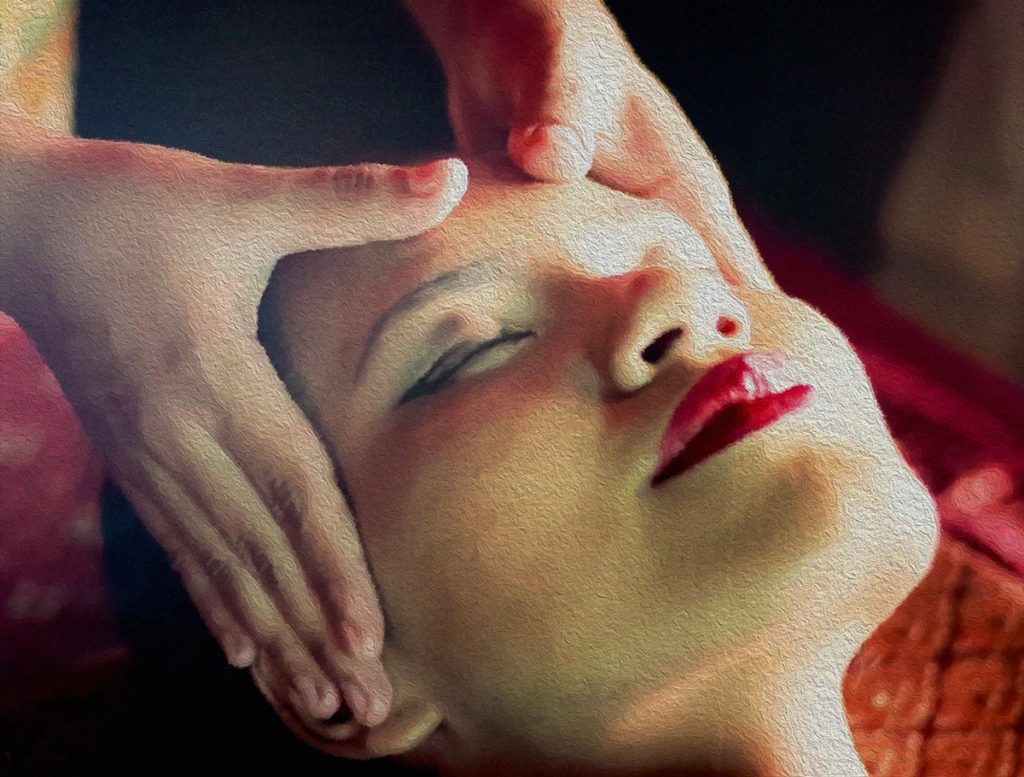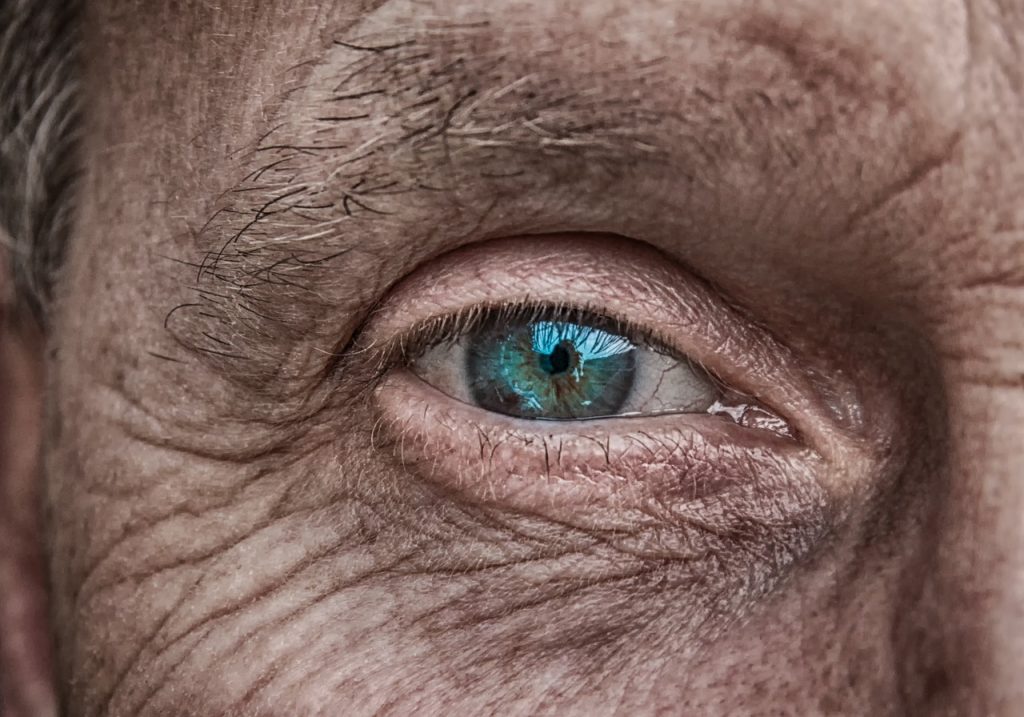The effect of a skin-massaging device on facial wrinkles
Human has always been looking for techniques that reduce facial wrinkles, and skin massaging or devices that can provide therapeutic effect has been invented and tested.
Termed mechanobiology, it is a branch of biology that focuses on the mechanisms by which physical forces induce changes in cells or tissues, through mechano-transduction, that may contribute to their development, influence physiologies, or induce disease. Mechanical cues can influence cell behaviour. At the tissue level, almost all organs exhibit immediate mechanical responsiveness, in particular by increasing their stiffness in direct proportion to an applied mechanical stress.
In the laboratory cultured-cell, it has been shown that the frequency of the applied stress can stimulate fibroblasts. However, the influence of the stimulus frequency at the tissue level has remained elusive.
Researchers from L’Oréal. has developed a device to deliver an oscillating torque that generates cyclic strain at different frequencies. The study was published in Plos One journal, where the authors declared that the financial support from L’Oreal does not alter the authors’ adherence to all journal’s policies on sharing data and materials.
The researchers studied the effect of mild skin massage in an ex vivo model and in vivo.
In the ex vivo experiment, remnants of human skin were used. Skin explants were maintained ex vivo for ten days and massaged twice daily for one minute at various frequencies within the range of 65–85 Hz. Biopsies were analyzed at D0, D5, and D10 and processed for immuno-histological staining specific to multiple dermal proteins.
Compared to untreated skin explants, the massaging procedure led to higher rates of expression, in particular for decorin, fibrillin, tropoelastin, and procollagen-1. The authors implied that the mechanical stimulus thus evoked an anti-aging response. The expression was found to depend on the stimulus frequency with an optimum expression at 75Hz.
The researchers then tested whether this mechanical stimulus had an anti-aging effect in vivo, or real condition. Twenty Caucasian women (aged 65-75 years) applied a commercial anti-aging cream to the face and neck, followed by daily treatments using the anti-aging massage device for eight weeks. A control group of twenty-two women, with similar ages to the first group, applied the cream alone. At Week 0, 4, and 8, a blinded evaluator assessed the global facial wrinkles, skin texture, lip area, cheek wrinkles, neck sagging and neck texture using a clinical grading scale. They found that combining the massaging device with a skin anti-aging formulation amplified the beneficial effects of the cream.
The research which has a commercial interest concluded that the device that delivers properly tuned stimuli (at 75 Hz of skin massaging can provide an efficient anti-aging strategy. In the absence of such device, one can frequently perform a self-facial massage.


